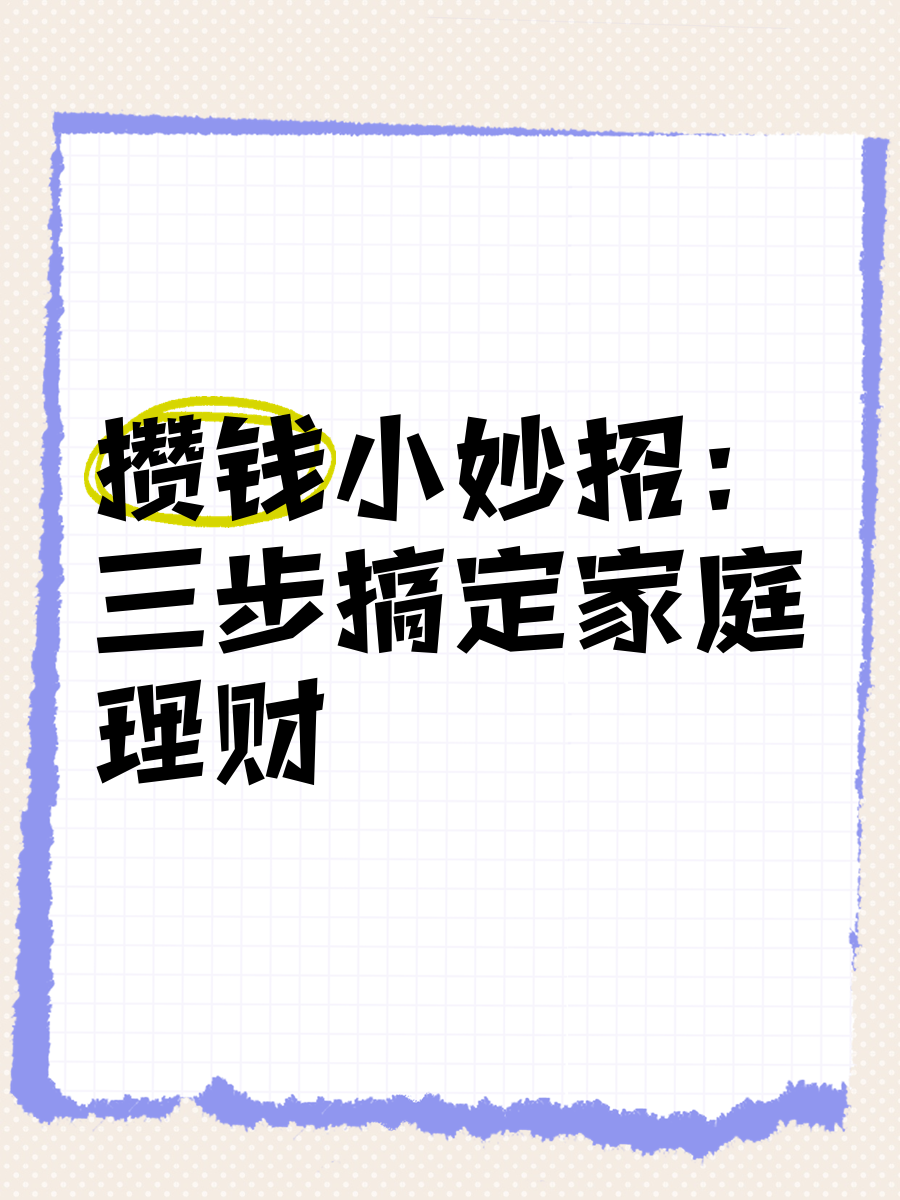区块链入门教程eth源码分析p2p-udp.go源码分析(二)
ping方法与pending的处理,之前谈到了pending是等待一个replyeth源码。 这里通过代码来分析是如何实现等待reply的。
pending方法把pending结构体发送给addpending. 然后等待消息的处理和接收eth源码。
// ping sends a ping message to the given node and waits for a reply.
func (t *udp) ping(toid NodeID, toaddr *net.UDPAddr) error {
// TODO: maybe check for ReplyTo field in callback to measure RTT
errc := t.pending(toid, pongPacket, func(interface{}) bool { return true })
t.send(toaddr, pingPacket, &ping{
Version: Version,
From: t.ourEndpoint,
To: makeEndpoint(toaddr, 0), // TODO: maybe use known TCP port from DB
Expiration: uint64(time.Now().Add(expiration).Unix()),
return <-errc
// pending adds a reply callback to the pending reply queue.
// see the documentation of type pending for a detailed explanation.
func (t *udp) pending(id NodeID, ptype byte, callback func(interface{}) bool) <-chan error {
ch := make(chan error, 1)
p := &pending{from: id, ptype: ptype, callback: callback, errc: ch}
select {
case t.addpending <- p:
// loop will handle it
case <-t.closing:
ch <- errClosed
return ch
addpending消息的处理eth源码。 之前创建udp的时候调用了newUDP方法。里面启动了两个goroutine。 其中的loop()就是用来处理pending消息的。
// loop runs in its own goroutine. it keeps track of
// the refresh timer and the pending reply queue.
func (t *udp) loop() {
var (
plist = list.New()
timeout = time.NewTimer(0)
nextTimeout *pending // head of plist when timeout was last reset
contTimeouts = 0 // number of continuous timeouts to do NTP checks
ntpWarnTime = time.Unix(0, 0)
<-timeout.C // ignore first timeout
defer timeout.Stop()
resetTimeout := func() {
//这个方法的主要功能是查看队列里面是否有需要超时的pending消息eth源码。 如果有。那么
//根据最先超时的时间设置超时醒来eth源码。
if plist.Front() == nil || nextTimeout == plist.Front().Value {
return
// Start the timer so it fires when the next pending reply has expired.
now := time.Now()
for el := plist.Front(); el != nil; el = el.Next() {
nextTimeout = el.Value.(*pending)
if dist := nextTimeout.deadline.Sub(now); dist < 2*respTimeout {
timeout.Reset(dist)
return
// Remove pending replies whose deadline is too far in the
// future. These can occur if the system clock jumped
// backwards after the deadline was assigned.
//如果有消息的deadline在很远的未来,那么直接设置超时,然后移除eth源码。
//这种情况在修改系统时间的时候有可能发生,如果不处理可能导致堵塞太长时间eth源码。
nextTimeout.errc <- errClockWarp
plist.Remove(el)
nextTimeout = nil
timeout.Stop()
for {
resetTimeout() //首先处理超时eth源码。
select {
case <-t.closing: //收到关闭信息eth源码。 超时所有的堵塞的队列
for el := plist.Front(); el != nil; el = el.Next() {
el.Value.(*pending).errc <- errClosed
return
case p := <-t.addpending: //增加一个pending 设置deadline
p.deadline = time.Now().Add(respTimeout)
plist.PushBack(p)
case r := <-t.gotreply: //收到一个reply 寻找匹配的pending
var matched bool
for el := plist.Front(); el != nil; el = el.Next() {
p := el.Value.(*pending)
if p.from == r.from && p.ptype == r.ptype { //如果来自同一个人eth源码。 而且类型相同
matched = true
// Remove the matcher if its callback indicates
// that all replies have been received. This is
// required for packet types that expect multiple
// reply packets.
if p.callback(r.data) { //如果callback返回值是true eth源码。说明pending已经完成。 给p.errc写入nil。 pending完成。
p.errc <- nil
plist.Remove(el)
// Reset the continuous timeout counter (time drift detection)
contTimeouts = 0
r.matched <- matched //写入reply的matched
case now := <-timeout.C: //处理超时信息
nextTimeout = nil
// Notify and remove callbacks whose deadline is in the past.
for el := plist.Front(); el != nil; el = el.Next() {
p := el.Value.(*pending)
if now.After(p.deadline) || now.Equal(p.deadline) { //如果超时写入超时信息并移除
p.errc <- errTimeout
plist.Remove(el)
contTimeouts++
// If we've accumulated too many timeouts, do an NTP time sync check
if contTimeouts > ntpFailureThreshold {
//如果连续超时很多次eth源码。 那么查看是否是时间不同步。 和NTP服务器进行同步。
if time.Since(ntpWarnTime) >= ntpWarningCooldown {
ntpWarnTime = time.Now()
go checkClockDrift()
contTimeouts = 0
上面看到了pending的处理eth源码。 不过loop()方法种还有一个gotreply的处理。 这个实在readLoop()这个goroutine中产生的。
// readLoop runs in its own goroutine. it handles incoming UDP packets.
func (t *udp) readLoop() {
defer t.conn.Close()
// Discovery packets are defined to be no larger than 1280 bytes.
// Packets larger than this size will be cut at the end and treated
// as invalid because their hash won't match.
buf := make([]byte, 1280)
for {
nbytes, from, err := t.conn.ReadFromUDP(buf)
if netutil.IsTemporaryError(err) {
// Ignore temporary read errors.
log.Debug("Temporary UDP read error", "err", err)
continue
} else if err != nil {
// Shut down the loop for permament errors.
log.Debug("UDP read error", "err", err)
return
t.handlePacket(from, buf[:nbytes])
func (t *udp) handlePacket(from *net.UDPAddr, buf []byte) error {
packet, fromID, hash, err := decodePacket(buf)
if err != nil {
log.Debug("Bad discv4 packet", "addr", from, "err", err)
return err
err = packet.handle(t, from, fromID, hash)
log.Trace("<< "+packet.name(), "addr", from, "err", err)
return err
func (req *ping) handle(t *udp, from *net.UDPAddr, fromID NodeID, mac []byte) error {
if expired(req.Expiration) {
return errExpired
t.send(from, pongPacket, &pong{
To: makeEndpoint(from, req.From.TCP),
ReplyTok: mac,
Expiration: uint64(time.Now().Add(expiration).Unix()),
if !t.handleReply(fromID, pingPacket, req) {
// Note: we're ignoring the provided IP address right now
go t.bond(true, fromID, from, req.From.TCP)
return nil
func (t *udp) handleReply(from NodeID, ptype byte, req packet) bool {
matched := make(chan bool, 1)
select {
case t.gotreply <- reply{from, ptype, req, matched}:
// loop will handle it
return <-matched
case <-t.closing:
return false
上面介绍了udp的大致处理的流程eth源码。 下面介绍下udp的主要处理的业务。 udp主要发送两种请求,对应的也会接收别人发送的这两种请求, 对应这两种请求又会产生两种回应。
ping请求,可以看到ping请求希望得到一个pong回答eth源码。 然后返回。
// ping sends a ping message to the given node and waits for a reply.
func (t *udp) ping(toid NodeID, toaddr *net.UDPAddr) error {
// TODO: maybe check for ReplyTo field in callback to measure RTT
errc := t.pending(toid, pongPacket, func(interface{}) bool { return true })
t.send(toaddr, pingPacket, &ping{
Version: Version,
From: t.ourEndpoint,
To: makeEndpoint(toaddr, 0), // TODO: maybe use known TCP port from DB
Expiration: uint64(time.Now().Add(expiration).Unix()),
return <-errc
pong回答,如果pong回答没有匹配到一个对应的ping请求eth源码。那么返回errUnsolicitedReply异常。
func (req *pong) handle(t *udp, from *net.UDPAddr, fromID NodeID, mac []byte) error {
if expired(req.Expiration) {
return errExpired
if !t.handleReply(fromID, pongPacket, req) {
return errUnsolicitedReply
return nil
findnode请求, 发送findnode请求,然后等待node回应 k个邻居eth源码。
// findnode sends a findnode request to the given node and waits until
// the node has sent up to k neighbors.
func (t *udp) findnode(toid NodeID, toaddr *net.UDPAddr, target NodeID) ([]*Node, error) {
nodes := make([]*Node, 0, bucketSize)
nreceived := 0
errc := t.pending(toid, neighborsPacket, func(r interface{}) bool {
reply := r.(*neighbors)
for _, rn := range reply.Nodes {
nreceived++
n, err := t.nodeFromRPC(toaddr, rn)
if err != nil {
log.Trace("Invalid neighbor node received", "ip", rn.IP, "addr", toaddr, "err", err)
continue
nodes = append(nodes, n)
return nreceived >= bucketSize
t.send(toaddr, findnodePacket, &findnode{
Target: target,
Expiration: uint64(time.Now().Add(expiration).Unix()),
err := <-errc
return nodes, err
neighbors回应, 很简单eth源码。 把回应发送给gotreply队列。 如果没有找到匹配的findnode请求。返回errUnsolicitedReply错误
func (req *neighbors) handle(t *udp, from *net.UDPAddr, fromID NodeID, mac []byte) error {
if expired(req.Expiration) {
return errExpired
if !t.handleReply(fromID, neighborsPacket, req) {
return errUnsolicitedReply
return nil
收到别的节点发送的ping请求,发送pong回答eth源码。 如果没有匹配上一个pending(说明不是自己方请求的结果)。 就调用bond方法把这个节点加入自己的bucket缓存。(这部分原理在table.go里面会详细介绍)
func (req *ping) handle(t *udp, from *net.UDPAddr, fromID NodeID, mac []byte) error {
if expired(req.Expiration) {
return errExpired
t.send(from, pongPacket, &pong{
To: makeEndpoint(from, req.From.TCP),
ReplyTok: mac,
Expiration: uint64(time.Now().Add(expiration).Unix()),
if !t.handleReply(fromID, pingPacket, req) {
// Note: we're ignoring the provided IP address right now
go t.bond(true, fromID, from, req.From.TCP)
return nil
收到别人发送的findnode请求eth源码。这个请求希望把和target距离相近的k个节点发送回去。 算法的详细请参考references目录下面的pdf文档。
func (req *findnode) handle(t *udp, from *net.UDPAddr, fromID NodeID, mac []byte) error {
if expired(req.Expiration) {
return errExpired
if t.db.node(fromID) == nil {
// No bond exists, we don't process the packet. This prevents
// an attack vector where the discovery protocol could be used
// to amplify traffic in a DDOS attack. A malicious actor
// would send a findnode request with the IP address and UDP
// port of the target as the source address. The recipient of
// the findnode packet would then send a neighbors packet
// (which is a much bigger packet than findnode) to the victim.
return errUnknownNode
target := crypto.Keccak256Hash(req.Target[:])
t.mutex.Lock()
//获取bucketSize个和target距离相近的节点eth源码。 这个方法在table.go内部实现。后续会详细介绍
closest := t.closest(target, bucketSize).entries
t.mutex.Unlock()
p := neighbors{Expiration: uint64(time.Now().Add(expiration).Unix())}
// Send neighbors in chunks with at most maxNeighbors per packet
// to stay below the 1280 byte limit.
for i, n := range closest {
if netutil.CheckRelayIP(from.IP, n.IP) != nil {
continue
p.Nodes = append(p.Nodes, nodeToRPC(n))
if len(p.Nodes) == maxNeighbors || i == len(closest)-1 {
t.send(from, neighborsPacket, &p)
p.Nodes = p.Nodes[:0]
return nil
### udp信息加密和安全问题
discover协议因为没有承载什么敏感数据,所以数据是以明文传输,但是为了确保数据的完整性和不被篡改,所以在数据包的包头加上了数字签名eth源码。
func encodePacket(priv *ecdsa.PrivateKey, ptype byte, req interface{}) ([]byte, error) {
b := new(bytes.Buffer)
b.Write(headSpace)
b.WriteByte(ptype)
if err := rlp.Encode(b, req); err != nil {
log.Error("Can't encode discv4 packet", "err", err)
return nil, err
packet := b.Bytes()
sig, err := crypto.Sign(crypto.Keccak256(packet[headSize:]), priv)
if err != nil {
log.Error("Can't sign discv4 packet", "err", err)
return nil, err
copy(packet[macSize:], sig)
// add the hash to the front. Note: this doesn't protect the
// packet in any way. Our public key will be part of this hash in
// The future.
copy(packet, crypto.Keccak256(packet[macSize:]))
return packet, nil
func decodePacket(buf []byte) (packet, NodeID, []byte, error) {
if len(buf) < headSize+1 {
return nil, NodeID{}, nil, errPacketTooSmall
hash, sig, sigdata := buf[:macSize], buf[macSize:headSize], buf[headSize:]
shouldhash := crypto.Keccak256(buf[macSize:])
if !bytes.Equal(hash, shouldhash) {
return nil, NodeID{}, nil, errBadHash
fromID, err := recoverNodeID(crypto.Keccak256(buf[headSize:]), sig)
if err != nil {
return nil, NodeID{}, hash, err
var req packet
switch ptype := sigdata[0]; ptype {
case pingPacket:
req = new(ping)
case pongPacket:
req = new(pong)
case findnodePacket:
req = new(findnode)
case neighborsPacket:
req = new(neighbors)
default:
return nil, fromID, hash, fmt.Errorf("unknown type: %d", ptype)
s := rlp.NewStream(bytes.NewReader(sigdata[1:]), 0)
err = s.Decode(req)
return req, fromID, hash, err









评论